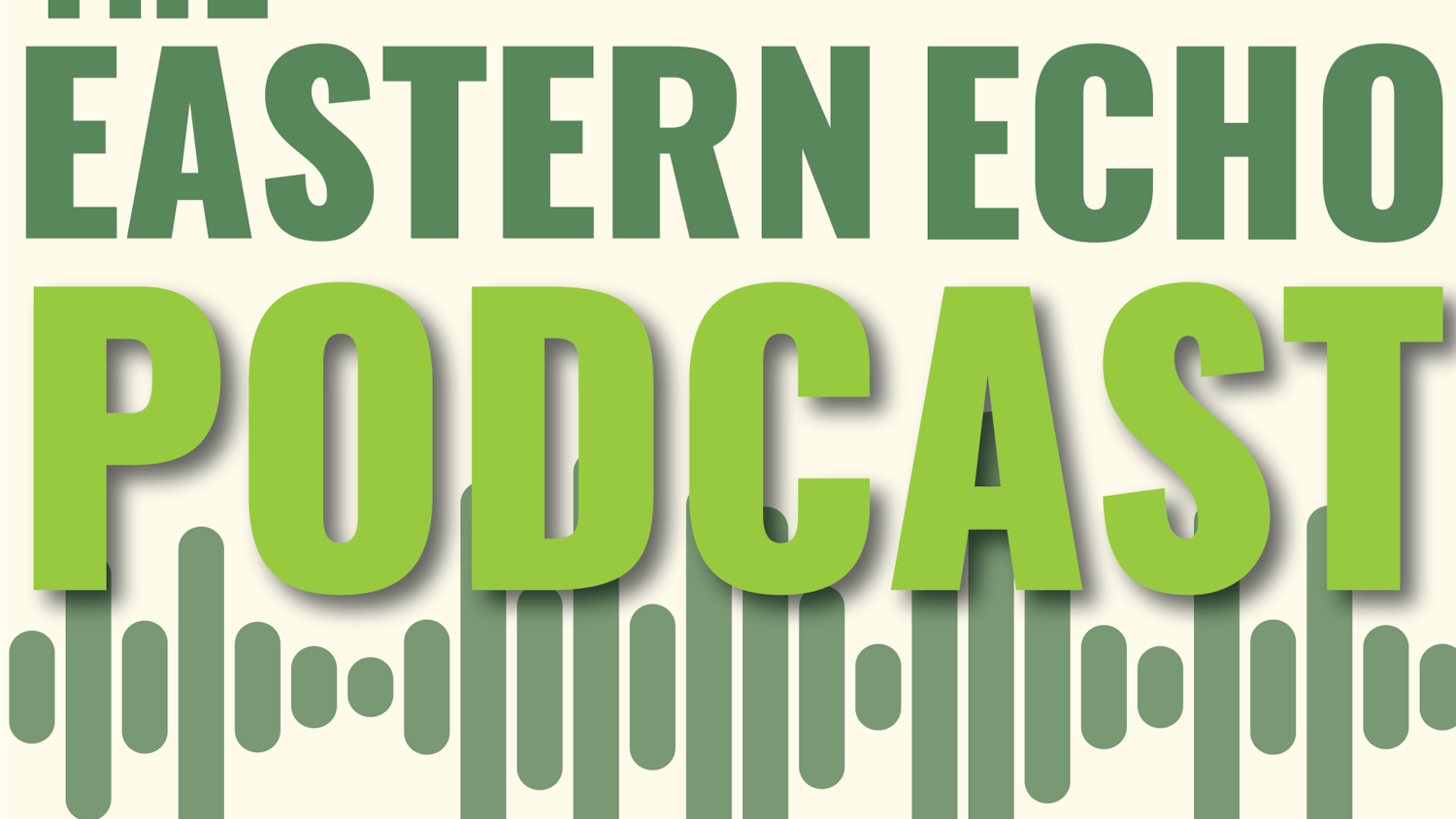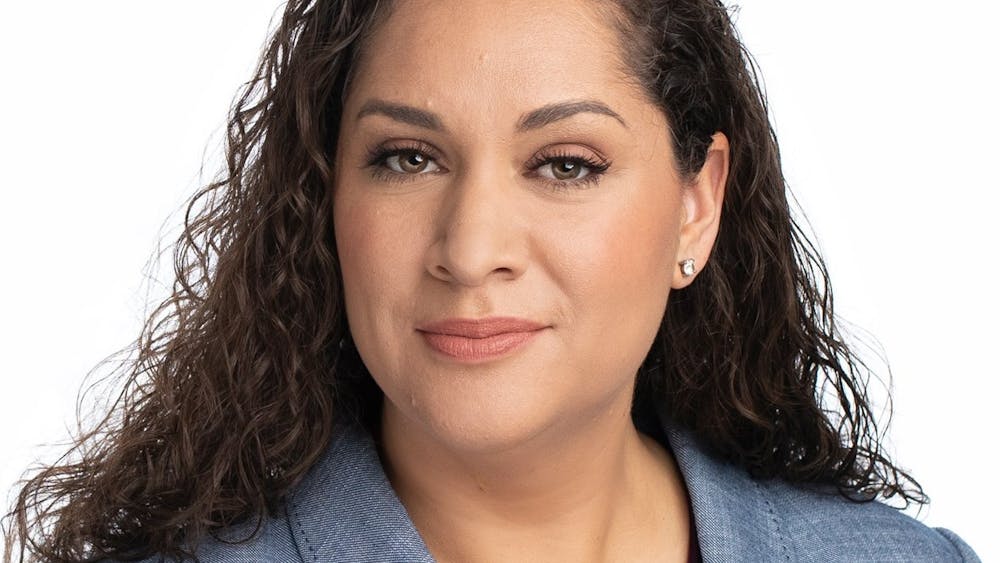The Ypsilanti City Council discussed the Kaufman Jacobs redevelopment plan for Water St. on Dec. 1, a 32-acre lot that has been open for development for over the past 20 years.
The Water St. redevelopment project is located on E. Michigan Ave. and S. Grove Rd., and its contamination has been an issue for several years, as a result of previous heavy industrial use, leaving behind polychlorinated biphenyl and lead. This, combined with the issue that there is no infrastructure on the land, means that the costs for any developer working on this site are projected to be high.
Director of Economic Development, Joe Meyers, has shared that with the help of a $5 million grant, the city of Ypsilanti spent around $5-10 million cleaning up a large portion of the land, leaving around 10 acres of what is considered to be the most contaminated to clean up. The cleanup cost for those 10 acres is estimated to be around $8-10 million.
The Washtenaw County Brownfield Redevelopment Authority projected in their Brownfield Plan that site clean up, infrastructure, and other site preparation activities could cost a developer up to $23 million.
The city of Ypsilanti has had three developers show interest in redeveloping Water St. in the past, but all three ended up pulling back from the project. Some of the reasons were because of the Michigan State Housing Development Authority requirements that required extensive contamination clean up for residential and affordable housing use, a turn in the housing market, and compromising visions for the land use.
In October 2019, Meyers staff was contacted by Kaufman Jacobs, a real estate investment team who wanted to discuss potential development on Water St.
Meyers expressed his appreciation for the development team, Kalabat Development Group, who is partnered with Kaufman Jacobs, for their willingness to listen to what the city needs.
“They didn’t come down saying ‘this is what we’re going to give you.’” Meyers said. “They asked, 'what do you need?' and they tried to work the development around it.”
In an attempt to understand the community's reaction to what the developers and architects have come up with so far, Kaufman Jacobs set up several virtual public engagement meetings with the city that were held on Nov. 5, 13, and 18 of 2020.
During the Nov. 18 meeting, Mike Fitzgerald, Director of Architecture with OKW Architects in Chicago, expressed that their main goal is to, “create a vibrant, mixed-use community that would be of Ypsilanti and no other place.”
When referring to mixed-use, this would mean a development that would be a combination of retail, office, and a variety of residential structures.
During the meeting, many Ypsilanti residents expressed their concern over the lack of affordable housing in the development plan, believing that most of the residential units wouldn’t be affordable for the people of Ypsilanti.
The current plan shows a total of 326 residential units with 34 of them being affordable housing, which is about 10 percent of the total number of units.
“This is a problem that the country as a whole has failed miserably for the last 100 years at every single level of government and private endeavors,” Lee Winters, the Director of Development at Kaufman Jacobs, said. “We feel that 10 percent is what is fairly standard across the country… For right now, that’s what we feel comfortable in being able to bring the whole project forward.”
City Council Member Brian Jones-Chance said that he’d also like to see the amount of affordable housing increase.
“I think there’s some natural levers we can pull to make things more affordable, and one of those is building more units,” Jones-Chance said at the Dec. 1 City Council meeting.
Many other City Council members agreed, expressing that they’d like to see more density in the development plan as well.
A recent study by the City of Ypsilanti’s Housing Affordability & Accessibility Committee revealed that over half of Ypsilanti renters are cost-burdened due to housing costs, meaning that they spend more than 30% of their income on housing.
Meyers stated that he believes that 10% of affordable housing in this development plan is the right amount because there are other places in the city where affordable housing can be built.
He further stated that this development plan is being built in the City of Ypsilanti's Ward 1, and that is where most of the affordable housing is already built. He believes that future affordable housing projects need to also be spread out to Ward 2 and Ward 3.
“Looking at the Housing Affordability and Accessibility study by Washtenaw County in 2015, they really recommend not concentrating it [affordable housing] all in one area,” Meyers said.
In the Washtenaw County’s 2015 annual report of its Housing Affordability and Economic Equity Analysis, the report stated that the "Ypsilanti City and Ypsilanti Township cannot remain the de facto affordable housing policy for Washtenaw County as this will ensure the decline of property values and stability, exacerbating economic and racial segregation, and ultimately, opportunity."
Meyers also stated that although there may only be 10% of affordable housing in this plan, it will be more affordable than what is typically the standard.
“Right now, our affordable housing units are calculated on the AMI, which is the Average Median Income for Washtenaw County,” Meyers said. “Affordable housing units can either be 60 percent AMI or 80 percent AMI.”
Meyers shared that Washtenaw County’s AMI for 2020 for a family of four is $101,000. This means that 80% AMI would bring the rent limit up to $2,000 and 60 percent AMI would make it $1,500.
“This developer isn’t looking to do what’s called an 80% AMI development. They’re looking at working with the community to make sure it’s affordable to our needs,” Meyers said.
City Council Member Steve Wilcoxen shared that he believes that an AMI based on the City of Ypsilanti will be most beneficial to the residents.
“If people can’t afford to live in Ann Arbor, they move here. If people can’t afford to live here as prices go up, then where do they go?” Wilcoxen said.
Meyers stated that if the concept of the developer's plan was accepted by the Ypsilanti City Council, they’d be willing to discuss and negotiate what that AMI would be with the Community Benefits Committee in order to figure out what would be most affordable for the community.
“We have come a pretty far way, we’ve basically scratched the surface. And so now, anything more than this is really starting to dig down deep… to figure out where we can go, and where we should go,“ Meyers said.










